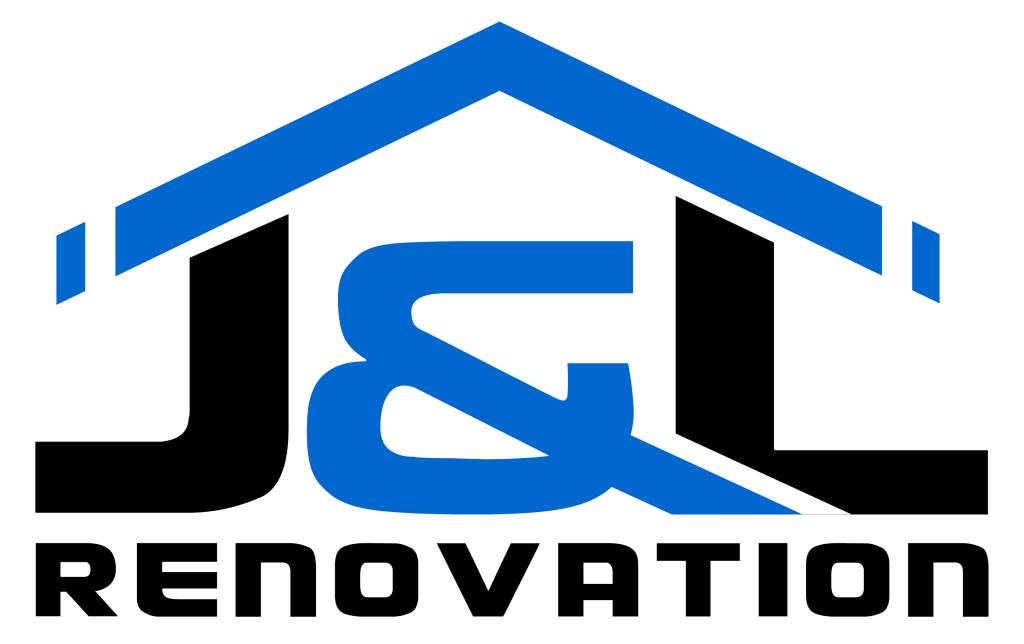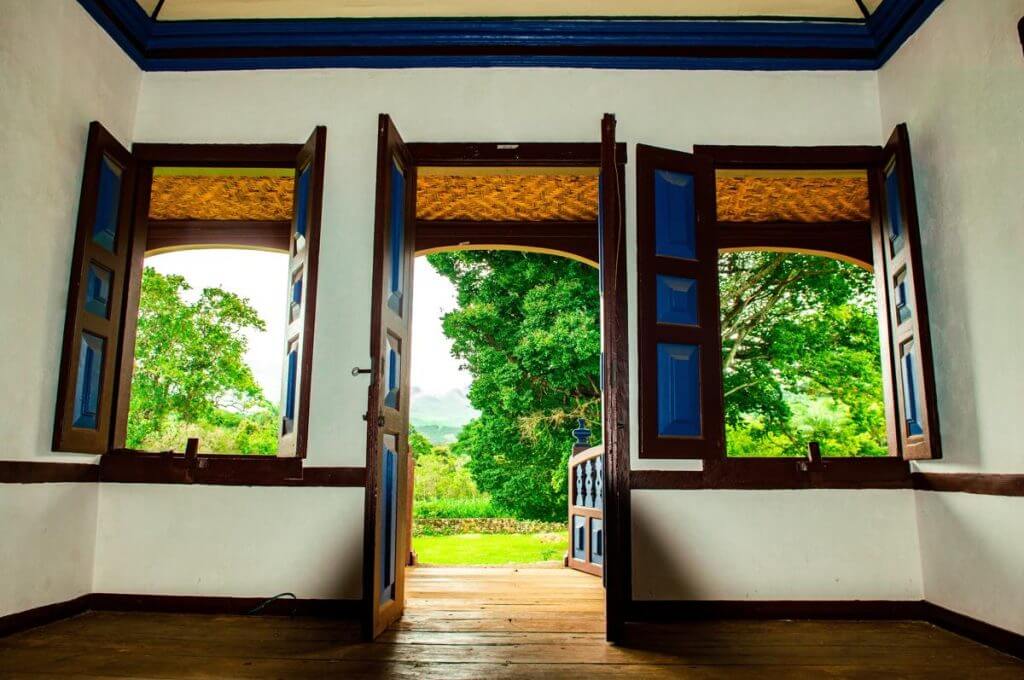Renovating an old house can be a rewarding and exciting project that breathes new life into a historic property. Whether you’re looking to update the interior, restore its original charm, or enhance its energy efficiency, careful planning and execution are essential to achieve successful results.
This article will provide you with a step-by-step guide on how to renovate an old house, covering various aspects of the process and offering tips to ensure a smooth and successful renovation.
1. Assessing the Property
The first step in renovating an old house is to conduct a thorough assessment of the property. Inspect the entire house, noting areas that require immediate attention, such as structural issues, water damage, or outdated electrical and plumbing systems. This assessment will form the basis for your renovation plan and budget.
2. Setting a Budget
Before diving into the renovation, it’s crucial to establish a realistic budget. Renovating an old house can be costly, so factor in both material and labor expenses. Allocate funds for unexpected repairs that may arise during the process. Being mindful of your budget from the outset will help you make informed decisions and avoid overspending.
3. Design and Planning
Create a detailed design and renovation plan. Decide which areas of the house you want to renovate and how you envision each space. Collaborate with an architect or designer to ensure your vision aligns with the house’s structural limitations and regulations. Obtain any necessary permits before starting the renovation work.
4. Prioritize Structural Repairs
Address any structural issues before moving on to cosmetic updates. Structural repairs may involve reinforcing the foundation, replacing damaged beams, or fixing roof leaks. Ensuring the stability of the house is crucial for a safe and long-lasting renovation.
5. Updating Electrical and Plumbing Systems
Old houses often have outdated electrical and plumbing systems that may not meet modern safety standards. Hire licensed professionals to update these systems and ensure they are up to code. Upgrading to energy-efficient options can also save you money in the long run.
6. Restoring Historic Elements
If your old house has historical features, consider preserving and restoring them to their former glory. Restoring original windows, molding, and flooring can add character and value to the property. Work with skilled craftsmen who understand the importance of preserving historical elements.
7. Choosing Sustainable Materials
Opt for sustainable and eco-friendly materials during the renovation process. Use low VOC paints, reclaimed wood, and energy-efficient appliances. Sustainable choices not only benefit the environment but also enhance the indoor air quality of your home.
8. Enhancing Curb Appeal
The exterior of an old house is just as important as the interior. Enhance the curb appeal by landscaping the front yard, repainting the facade, and updating the entryway. A well-maintained exterior creates a positive first impression and adds to the overall value of the property.
9. Customizing Interior Spaces
Customize the interior spaces to fit your lifestyle and needs. Open up floor plans for a more modern feel, add storage solutions, and maximize natural light. Create spaces that are functional, inviting, and tailored to your preferences.
10. Installing Energy-Efficient Systems
Consider installing energy-efficient systems, such as solar panels, energy-saving windows, and smart thermostats. These upgrades not only reduce your environmental footprint but also lower utility bills over time.
11. Insulating and Weatherproofing
Old houses may lack proper insulation, leading to energy wastage and discomfort. Insulate the walls, attic, and floors to improve energy efficiency and maintain a comfortable indoor environment. Additionally, weatherproof windows and doors to prevent drafts and air leaks.
12. Utilizing Sustainable Landscaping
Extend sustainability to your outdoor spaces by incorporating native plants, rainwater harvesting systems, and permeable paving. Sustainable landscaping promotes biodiversity and requires less maintenance, making it an eco-friendly choice for your property.
13. Safety and Security Upgrades
Prioritize safety and security upgrades, such as installing smoke detectors, carbon monoxide alarms, and security cameras. These measures provide peace of mind for you and your family.
14. Adding Personal Touches
Incorporate your personal style and taste into the renovation. Choose furniture, artwork, and decor that reflect your personality and create a warm and inviting atmosphere.
15. Conclusion
Renovating an old house is a labor of love that requires careful planning, budgeting, and attention to detail. By assessing the property, setting a budget, and focusing on structural repairs and sustainability, you can transform your old house into a beautiful and comfortable home. Embrace the history and character of the property while adding modern conveniences to create a space that meets your needs and lifestyle.

